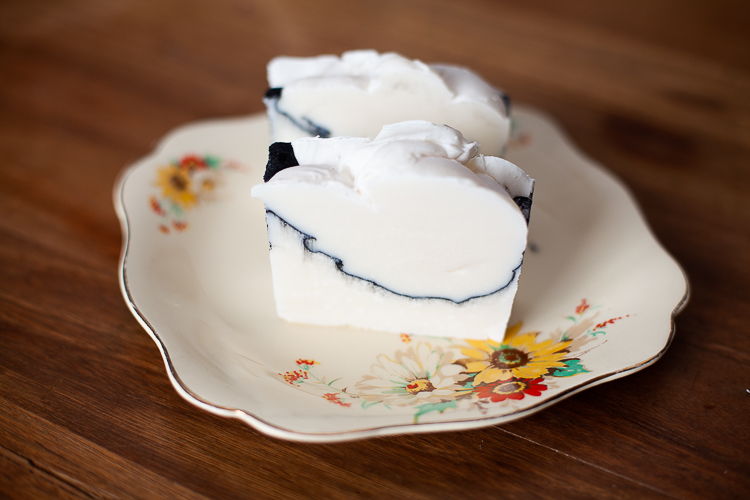
After five years of making soap I started to get that lovely feeling I get when I know that I have cultivated enough soap making skills to share those skills.
This year I launched our first soap making classes. In each class we make two bars of soap. One vegan and one from lard.
I love working with lard the most because it saponifies for me more quickly than the olive and coconut oil we make in class.
Hence when I’m not teaching I always work with lard.
And there are other reasons too to work with lard. My neighbour, just five minutes from me produces it. I just jump on my bike, ride down the road and grab a few kilos of minced lard.
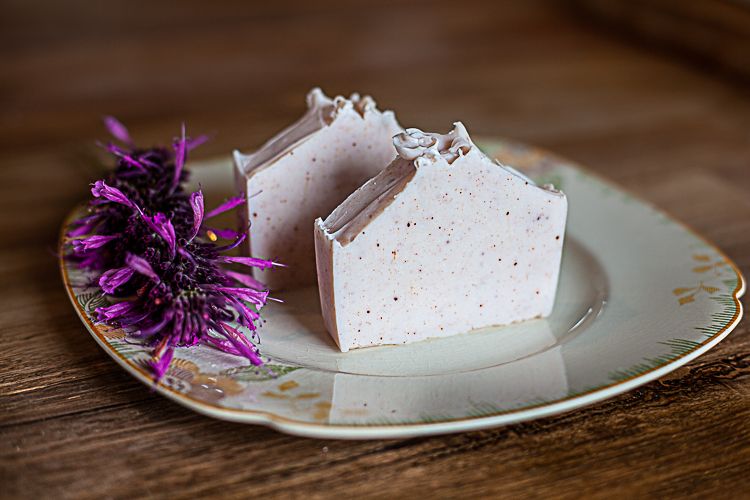
Lard is white and produces a white soap.
When mixed with cacao and pink clay it makes a very pretty pink soap.
The process of making soap is very simple. You need only three ingredients. An oil, water, and Sodium Hydroxide. Apart from the sodium hydroxide all other tools and ingredients are readily available in the home.
Most of you will have a cake mixer, either hand held or a bench top mixer.
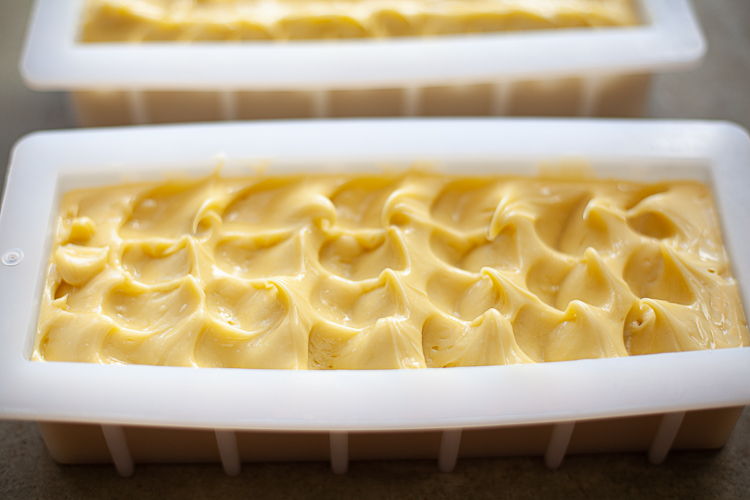
All of you have baking trays and tea towels.
Spatulas, weighing scales and a cooking stove.
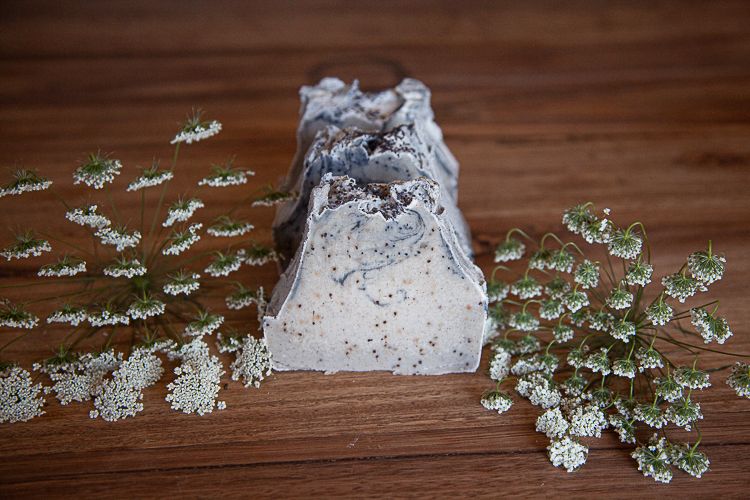
A colander and sieve.

As long as all these tools are placed in a sink full of water straight after use (immediately after use) then it is safe to make soap using already owned kitchen equipment. Unless … you have toddlers at home. I do not recommend making soap at home if you have little people who are at that really super busy stage of life where they grab everything and anything and lick everything and anything the moment your distracted for a mere microsecond. If this is your situation, then go and make soap at a friends house instead (who does not have toddlers) or wait until you can use your kitchen safely.
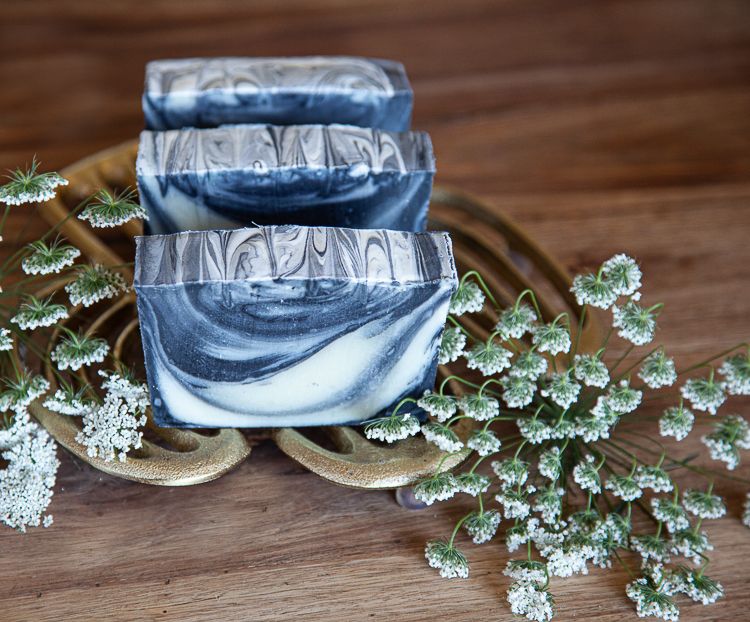
The process of making soap involves mixing caustic soda and water. Then heating your oils to a temperature of 50C. Then mixing the dissolved caustic soda with the oil(s) and mixing and mixing until you see the colour change to custard like and custard like in consistency. The mixture is then poured into a mould, for example a baking tray lined with a tea towel and allowed to cure for a few days before it is tipped out and cut.
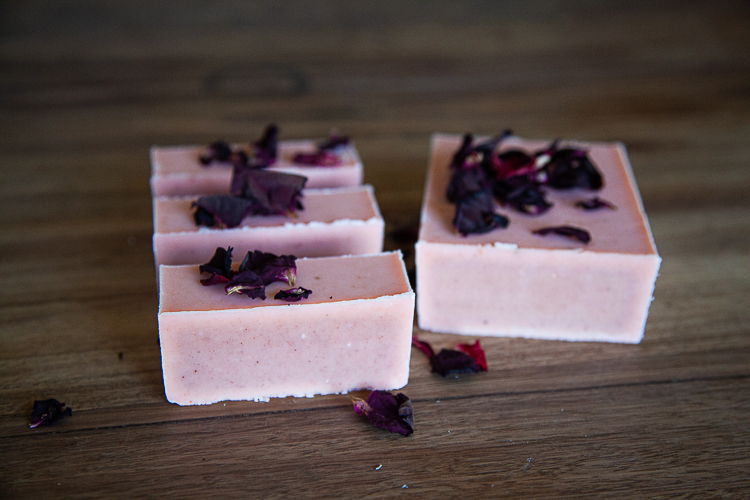
If the soap crumbles when you cut it then it needs to cure longer. Wait and try again after 3-5 more days. It all depends on how warm your home is and how well ventilated the soap.
It’s as easy as that!

Hi how much is a class please in Soap Making?
Helloooo, thank you for your message! Most of my classes are $250pp with the exception of tours which are $100. Thank you for your interest! Much huge care, mara